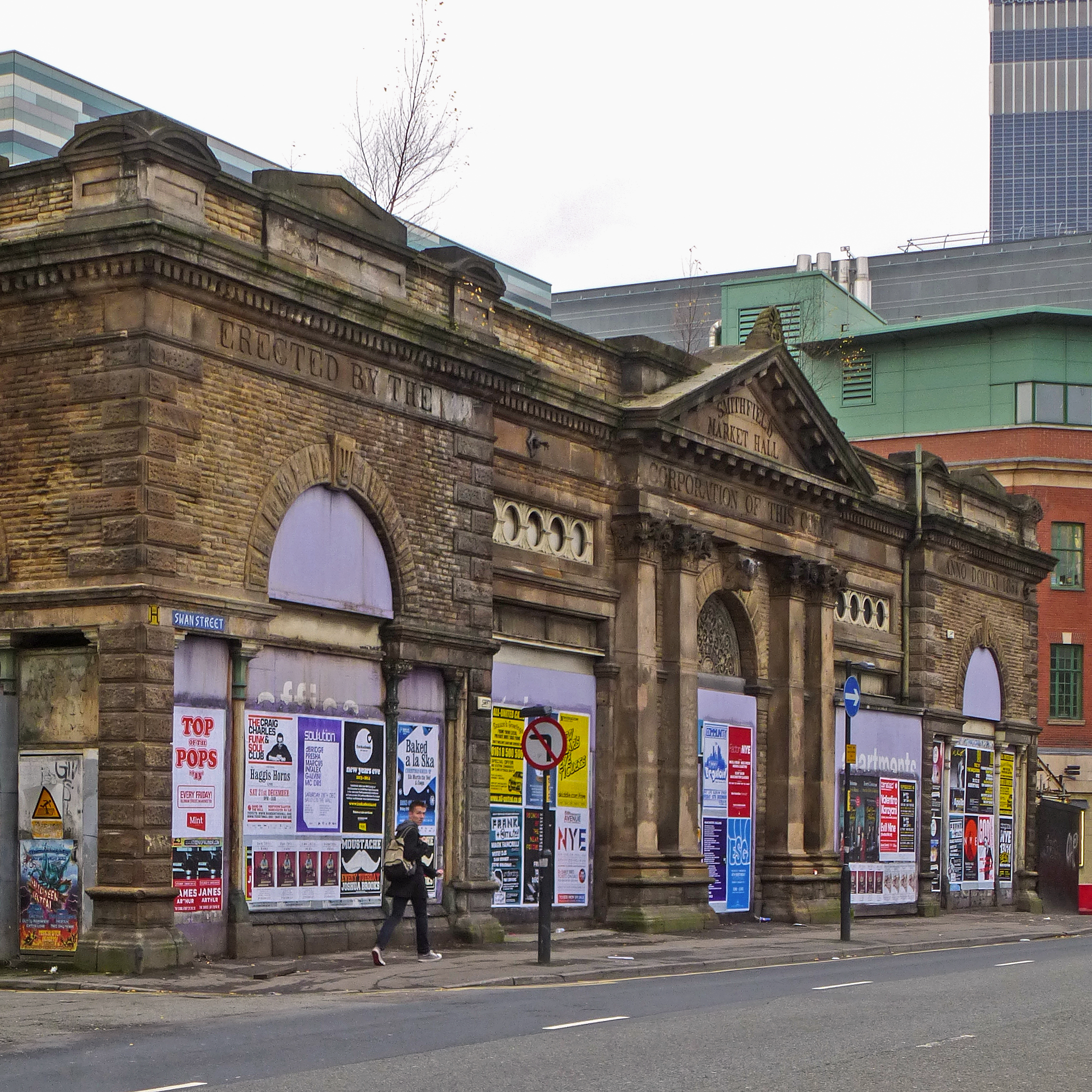London's Historical Architecture
TheMidnightRun
- BY MNR CONTRIBUTER, MARIE CAHALANE
Architecture is a reflection of a certain period, a particular cultural epoch. London has a particularly rich architectural history, not characterized by any one style it is a patchwork of many. Within this, there are a number that standout – characterized by intricate histories – many of which are or have been under threat of being lost forever. Here are a few that have survived by the will of their communities or by conversion: into buildings that serve a purpose in this ever evolving city.
The Royal Vauxhall Tavern, Vauxhall.
uilt in 1863 as a Victorian music hall it is now renowned as one of the oldest LGBTQ bars in London. It plays an important role to a vibrant London community and has hosted notable personages, such as the late Princess Diana (who reputedly visited in the 1980s in the company of Freddy Mercury, dressed as a man). Yet, uncertainty now hangs over its future. A petition to have it listed by English Heritage has been launched – and we can only hope that this keeps it a London fixture.
Gaumont State Cinema, Kilburn.
Walking down Kilburn High Road, you cannot miss this grade II listed Art Deco theatre, once the renowned Gaumont State Cinema. Designed by Georges Coles, it opened in 1937 and was, for ten years, the largest auditorium in Europe, with a seating capacity of 4,004. While open it held performances by big names such as Marilyn Monroe, Frank Sinatra, The Beatles and The Rolling Stones. But by the late 1980s it had become a Mecca Bingo and remained a bingo hall until 2007. Its future is now held in the hands of Brixton based Ruach Ministeries.
The Roundhouse, Camden.
The Roundhouse Camden, also a grade II listed building, was saved by its capacity as a venue for performing arts. Now recognised as a popular London music venue, it was built in 1847 as a roundhouse to accommodate a railway turntable. Repurposed after ten years as a storage unit it was abandoned just before the outbreak of World War II. In 1964 it was redeemed by playwright Arnold Wesker and Centre 42 Theatre Company as a performing arts venue, but closed once more in 1983 due to lack of funding. Empty again it wasn’t until 1996 a business man purchased and restored it as a performing arts venue. And the Roundhouse lives on!
The Hoover Building, Greenford.
One of the finest examples if art deco architecture in London, the former factory of the Hoover Company, designed in 1931 by Wallis, Gilbert & Partner was left unused and unloved for ten years after manufacturing ceased in 1982. However, it seems it isn’t just our pockets that Tesco is saving, and this fantastic Art Deco building must now be one of the brand’s most remarkable superstores.
The Sister Power Stations, Battersea and Southwark.
Both designed by Sir Giles Gilbert Scott Battersea Power Station (1930s) and The Bankside Power Station (1947 – 63) are epic examples of industrial architecture – and both might have been demolished if not repurposed. After standing idle from 1981, work started in 1995 on the Bankside Power Station and it is now the home of Contemporary Art here in London - Tate Modern, its cavernous halls the ideal setting for art and installations. Battersea Power Station, decommissioned in 1983, is now being overhauled to become a dynamic living hub – arguably a city within power station, accommodating everything from offices and retail to residential areas and rooftop gardens.
Smithfield Market, Farringdon.
This Whole Sale Meat Market comes alive by night. It is the only market of its kind located on its original site within the Square Mile. The East and West market buildings were completed in 1868 but livestock and meat having been traded at this location for over 1000 years. In July 2014 its future was made certain with the announcement of its restoration and reuse, after the announcement of its demolition in 2013.
German Hospital, Dalston.
Founded in 1845, the German Hospital offered treatment to German-speaking immigrants, regardless of origin or creed (although many out-patients were the English-speaking poor). Its history extends further, as was initially converted from the Dalston Infant Orphan Asylum. Going through many changes in its life, in 1940 its German staff were interned on The Isle of Wight as enemy aliens, and in 1948 it became part of the NHS before closure in 1987, it is now in residential use.
Marie’s love for travel has taken her to South East Asia, Australia, New Zealand and included a stint teaching in China for a year. Her passion for arts and culture keeps her busy on various projects. While suffering from perpetual itchy feet, she currently pursues a career in PR & Marketing in London and is on a mission to explores its subcultures. Find her at @MDCahalane



